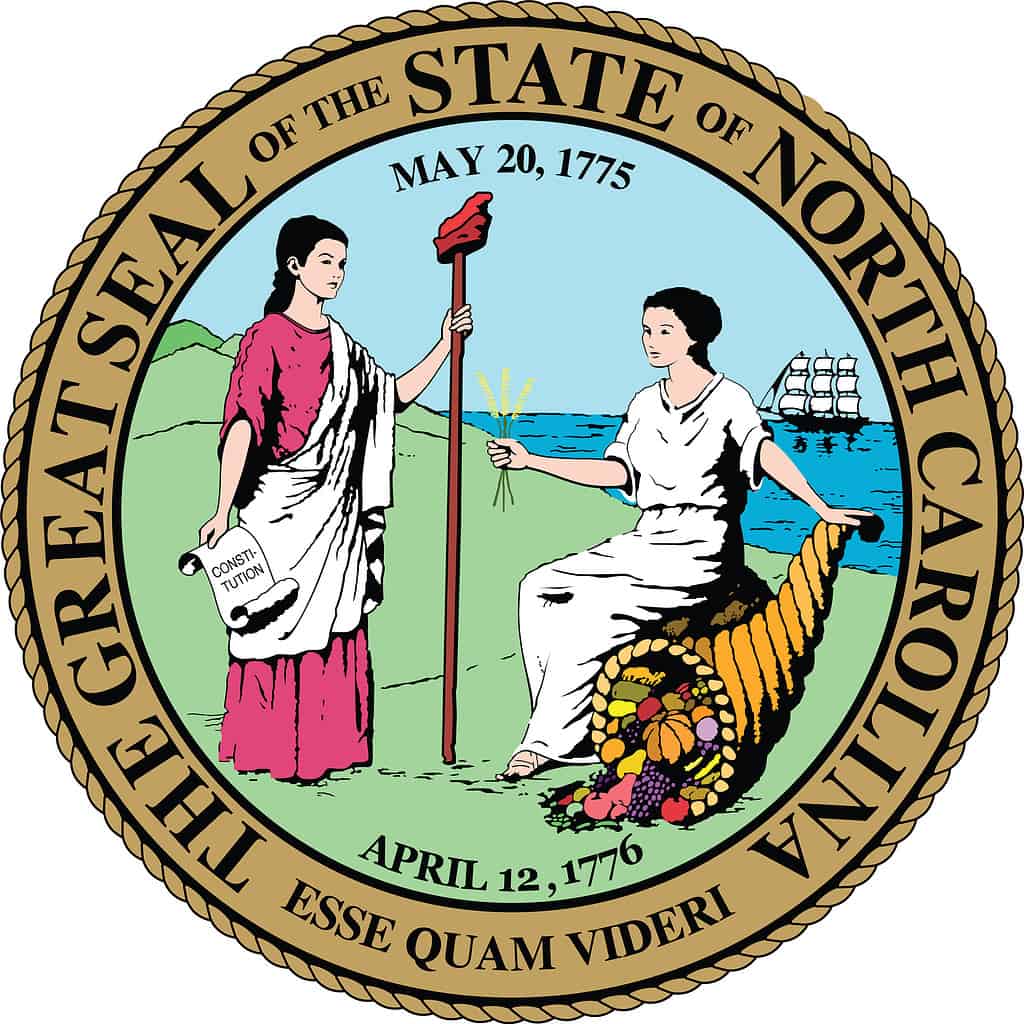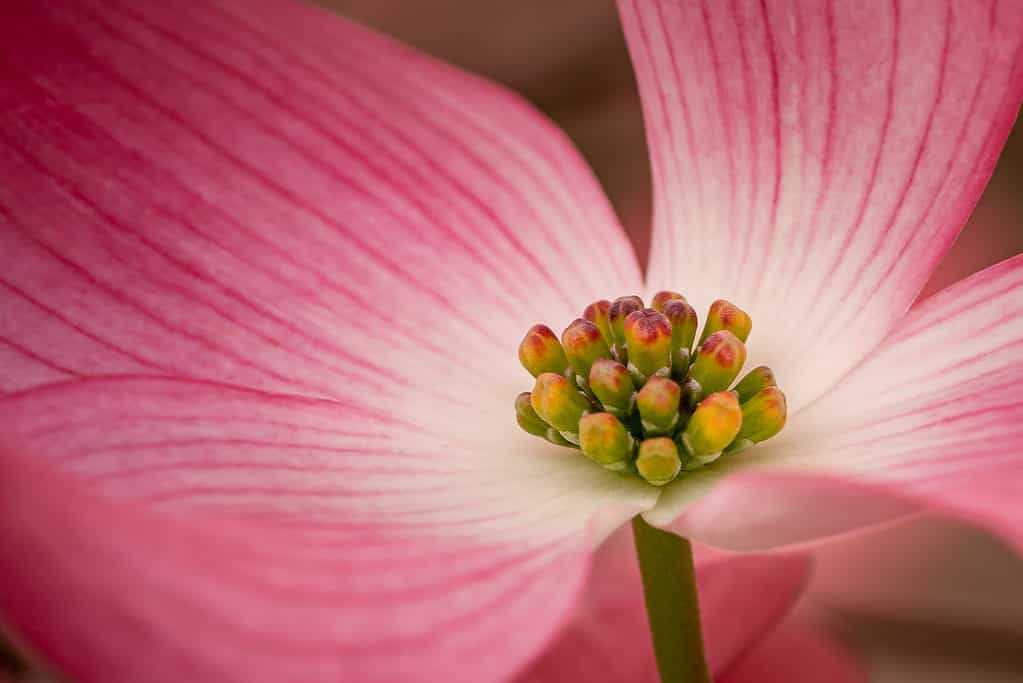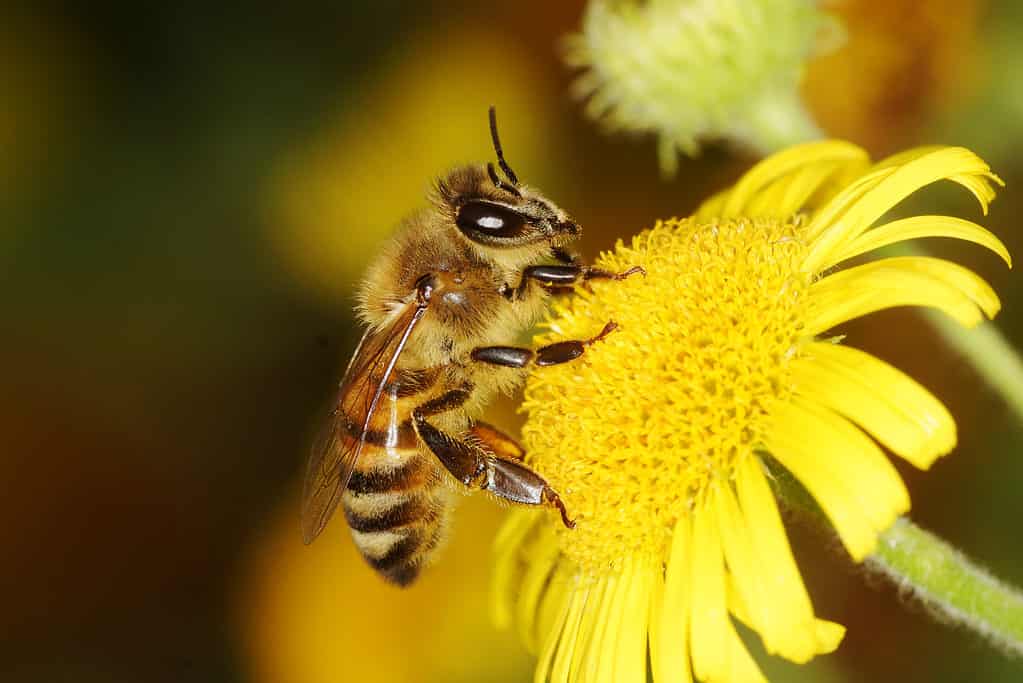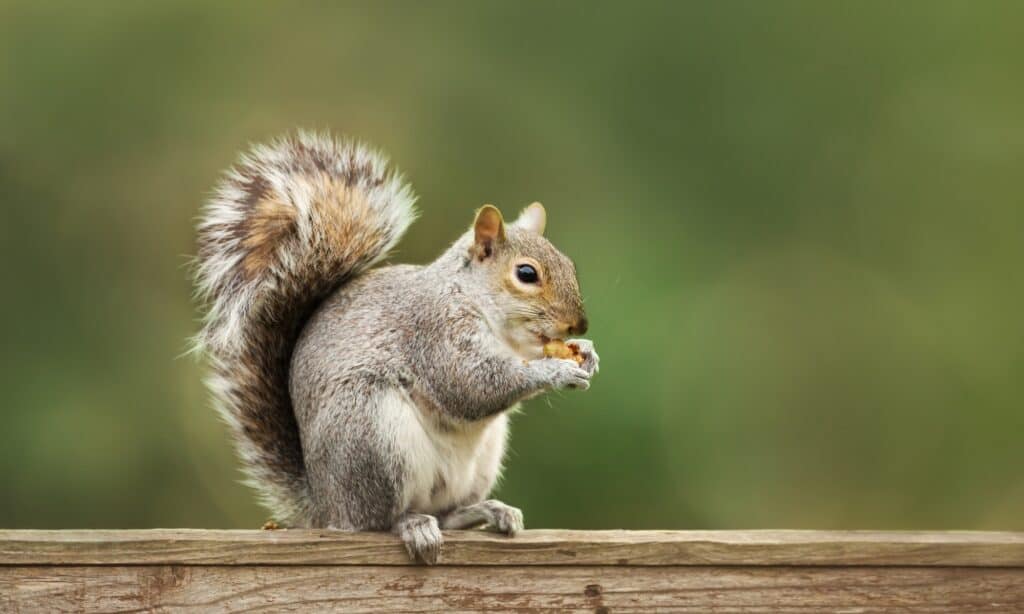North Carolina is located in the Southeastern region of the United States. It was one of the original 13 colonies. North Carolina joined the Union on November 21st, 1789, making it the 12th state to join. The Tar Heel State has a rich history, evidenced by its official North Carolina State Seal that dates back to December 24th, 1730.
Description

Official current vector great seal of the North Carolina State Seal.
©iStock.com/Roki Rodic
The North Carolina State Seal, formally known as the Great Seal of the State of North Carolina, was legally established by the General Assembly in 1971. However, it was then altered in 1983 after many various designs. The official seal is a circular shape 2¼ inches in diameter that features Liberty and Plenty, both wearing robes. Liberty is standing and holding a capped pole with her left hand. In her right hand, she holds a scroll that reads “Constitution.”
Plenty is pictured with her right arm outstretched, clutching three stalks of grain in one hand. In her other hand, she holds the end of an overflowing horn of plenty. Mountains and a three-masted vessel are visible in the background.
The center part of the North Carolina State Seal consists of two dates: May 20th, 1775, and April 12th, 1776. The first date is that of the Mecklenburg Declaration of Independence, which declared independence from Great Britain by citizens living in what is now Charlotte, North Carolina. The second date commemorates the Halifax Resolves. This was a document passed on April 12th, 1776, calling for colonial delegates to declare their support for American Independence.
Surrounding these two dates are the words “The Great Seal of the State of North Carolina” and “Esse Quam Videri” – Latin for “to be rather than to seem” – which has been adopted as the state motto since 1893. This phrase encapsulates how many people in North Carolina strive to live with integrity and honesty instead of just appearing so outwardly.
Symbolism
The North Carolina State Seal contains plenty of symbolism. Liberty, depicted on the left, is based on either the Greek goddess Athena or the Roman goddess Minerva, both of whom symbolized liberty in their respective cultures.
Liberty is shown holding a “liberty cap” in her hand, which was derived from the Phrygian cap or Pileus. This symbol represented liberation from slavery in the Roman Empire and later became a sign of freedom in the American and French Revolutions.
It is important and symbolic that liberty holds a scroll inscribed with “Constitution;” this implies that the Constitution is a safeguard for liberty. Liberty and Plenty were both featured on the North Carolina State Seal since colonial times.
The Great Seal of North Carolina contains a cornucopia which symbolizes food and abundance. Initially, there was debate as to which agricultural items should be included in the seal to represent different parts of the state. However, due to size constraints, many of these were removed. However, in 1793, Richard Dobbs Spaight proposed that a ship should be included as it was seen as a representation of commerce and would prevent overcrowding on the seal.
Underneath Liberty and Plenty on the North Carolina State Seal also includes the date April 12th, 1776, which is the Halifax Resolves. Julian R. Allsbrook suggested that the Mecklenburg Declaration (May 20th, 1775) also be included on the seal to serve as a reminder of the state’s commitment to freedom.
Other State Symbols
Besides the state seal and state flag, North Caroline has a ton of state symbols. To say that North Carolina appreciates the value of symbolism is an understatement. Here are a few:
State Flower – The Dogwood

The dogwood flower is a symbol of Christianity, which is part of the reason this flower was chosen as the North Carolinas state flower.
©d murk photographs/Shutterstock.com
The dogwood flower (Cornus florida) is native to the southeastern United States and is the state flower of North Carolina. It has four petals that resemble a cross, which symbolizes Christianity and Jesus’ crucifixion. The distinctive pattern of its bark also reminds some people of the nails used in Christ’s death. Dogwoods are also associated with strength, endurance, and renewal due to their ability to regrow their leaves after winter damage.
State Dog – Plott Hound

The Plott Hound is the official North Carolina state dog.
©Will Hughes/Shutterstock.com
A Plott Hound is a breed of hunting dog originating in North Carolina. It is also the state’s official mascot. It was first bred by Johannes Plott, an immigrant from Germany who arrived in America around 1750. The Plott Hound has a strong scenting ability and can track games such as bear, boar, bobcat, deer, and raccoon with great success. They are known for their loyalty to their family and owners, being active yet calm companions when not working or on adventures. They also have short coats that come in various colors, including black brindle/tan, red brindle/tan, and yellow brindle/tan.
State Bird – Cardinal

The cardinal bird is the official North Carolina state bird.
©Rob Palmer Photography/Shutterstock.com
A cardinal bird is a medium-sized songbird that belongs to the family Cardinalidae. It is named after the cardinals of the Roman Catholic Church due to its bright red color. This species can be found in North America, with many living throughout the United States, including North Carolina. Cardinals are known for their loud and cheerful songs. However, they use their songs to attract mates and ward off intruders from their territories. These birds have short but powerful wings that allow them to fly quickly through dense foliage and open areas alike. They feed mostly on seeds and fruits but will occasionally consume insects as well.
State Insect – Honeybee

The honeybee is the North Carolina state insect.
©Maciej Olszewski/Shutterstock.com
A honeybee, scientifically known as Apis mellifera, is a species of bee that produces and stores the sweet natural substance known as honey. Honeybees are integral to North Carolina’s agricultural industry because they pollinate essential crops such as apples, peaches, squash, cucumbers, and tomatoes. In addition to providing much-needed pollination services for these plants, honeybees also provide humans with their delicious honey! Furthermore, beeswax produced by bees can be used in many practical applications, such as cosmetics production or candle making. These small but mighty creatures play an important role in sustaining our environment and economy – without them, many of the foods we enjoy would not exist!
State Vegetable – Sweet Potato
North Carolina is widely known for its production of sweet potatoes. In fact, the state produces around half of the entire supply of sweet potatoes across the United States. Sweet potatoes are root vegetables that are high in dietary fiber and vitamins A and C. They have thick skin on the outside and orange-yellow flesh on the inside.
State Mammal – Gray Squirrel

The Gray
Squirrel
is the official North Carolina state mammal.
©iStock.com/Dgwildlife
A gray squirrel is a species of tree squirrel native to North America. They can be found in most areas of the United States, including North Carolina. Gray squirrels have light gray or brown fur with white bellies and long, bushy tails. They are generally about 16-20 inches long and weigh between 1-2 pounds. Gray squirrels mainly feed on nuts such as acorns, hickory nuts, walnuts, chestnuts, and beechnuts, but they also eat fruit and insects when available.
State Fruit – Scuppernong Grape
A Scuppernong Grape is a type of muscadine grape native to the southeastern United States. It is named after the Scuppernong River in North Carolina, where it was first found. The Scuppernong Grape has a bronze-green color and sweet flavor, making it popular for both eating fresh and producing wine.
State Folk Art – The Whirligig
A whirligig is a folk art sculpture that uses wind power to move its components. These sculptures are typically made from wood, metal, and other materials and feature colorful designs with figures or animals in motion. Whirligigs can be found all over the world as decorations for yards or public spaces. They are especially popular in North Carolina, where they often feature prominently on the state seal. The spinning wheels of these folk art pieces symbolize progress and movement through life, making them a fitting emblem for the Tar Heel State!
The photo featured at the top of this post is © iStock.com/albertc111
Thank you for reading! Have some feedback for us? Contact the AZ Animals editorial team.






